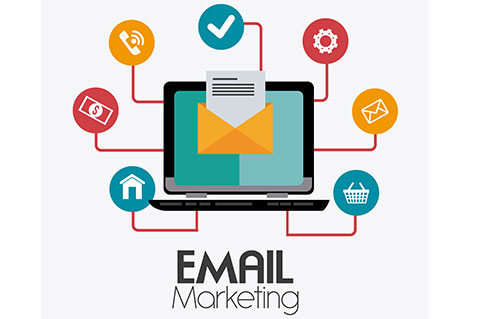May 03, 2016
How To Master Email Marketing
Unlock the revenue-driving potential of email marketing with these helpful strategies.

Target Current Clients: While email marketing can generate new customers, it’s primarily a tool for driving business with existing clients. Email outreach is an excellent way to stay top-of-mind and spark promotional ideas in the minds of buyers. Most significantly, it’s great for driving target buyers to your website, where value-adding content can interest them in contacting you.
Keep The Tone Conversational: Write emails as if you are addressing a specific individual, advises Natalie Henley. Emails that sound like they’re written as a “blast” often are less attractive. “More conversational emails usually get more engagement,” says Henley, president at Volume Nine, a Denver-based digital marketing company.
Go Easy On Design: Email marketing with a wealth of graphics, colors and other busy content may look appealing to you. But the reality, says Henley, is that superfluous bells and whistles make it harder to read the email and more difficult to load on mobile phones. Some marketers have generated highly successful campaigns through emails with virtually no design. Still, other experts maintain that a balanced mixture of text and unencumbering images in the email body is optimum. Experiment with what works best, but generally aim to avoid graphic overload.
Segment Your List and Deliver Compelling Content: Analyze your client roster and group similar types of customers together. Then create marketing emails with content that appeals to the different groups, knowing that tips, tricks and best practices specific to a segment tend to perform best. Say, for example, that you have a number of manufacturers among your clientele. Send an email with a link to a blog in which you discuss how manufacturers can better promote adherence to safety procedures among workers. House the blog on your website, which should be built as a conversion tool. “Good content comes from understanding your audiences and what they find valuable,” says Henley.
Be Concise and Catchy: Of course, just sending links with no explanation won’t do; you need to contextualize the content. Include “teaser” text in the email body – text that captures prospects’ interest, making them want to learn more by clicking the link, which should come with a call-to-action like “read more.” In-body text should be no longer than a couple paragraphs, and should feature standout headlines and attention-snaring first and last sentences.
Always Be Testing: Try sending emails on different days and at various times. Go with an array of different subject lines. Mix up the type of content you provide. As you do this, monitor which approaches drive the most engagement. Then replicate them, always evaluating results to see if the efficacy wanes, grows or remains consistent. “You may be surprised at open rates on Saturdays, or that a subject line that says ‘hey’ was more effective than ‘monthly newsletter,’” says Henley.
Tools Of The Trade
Improve your email marketing by using…
…A third-party email marketing service: Providers like MailChimp, Constant Contact, Emma and AWeber are some of the major brands to consider. Not only do these services make delivering quality email marketing easier, they also keep you from running afoul of the CAN-SPAM Act.
….Google Analytics: Ensure email initiatives integrate with Google Analytics so you can analyze which emails are driving results.
...www.Subjectline.com: This site offers a free tool that rates the quality of your subject line, giving you insight into how effective the line may prove in influencing recipients to open your email. (Be concise; subject lines of 8 to 12 words are best.)